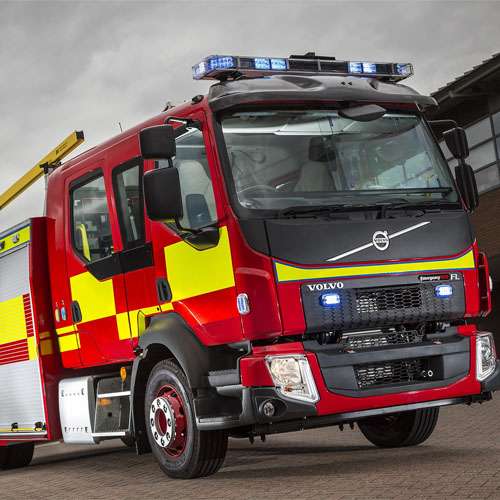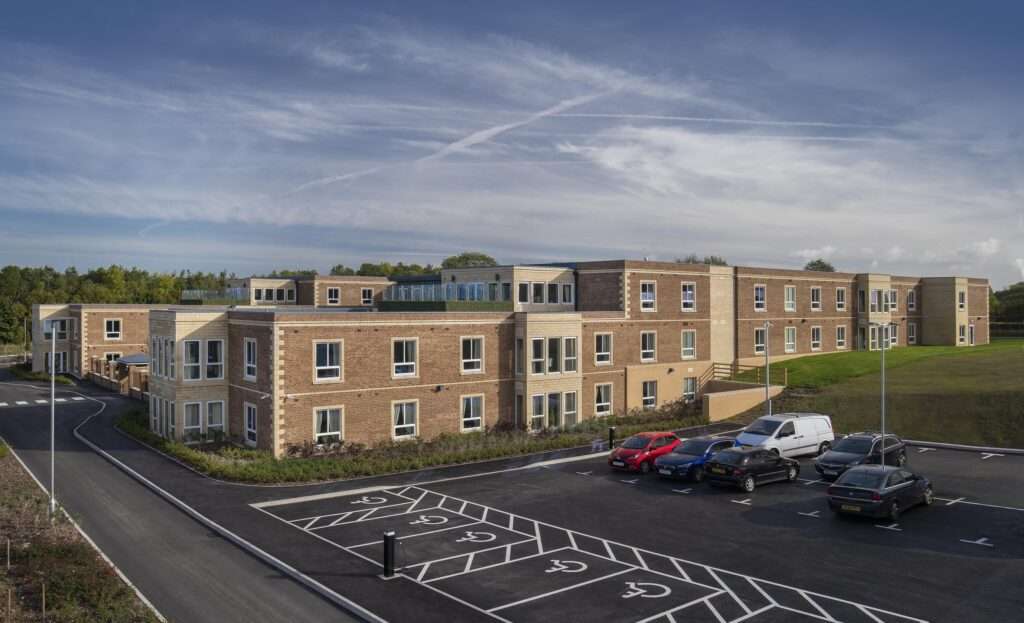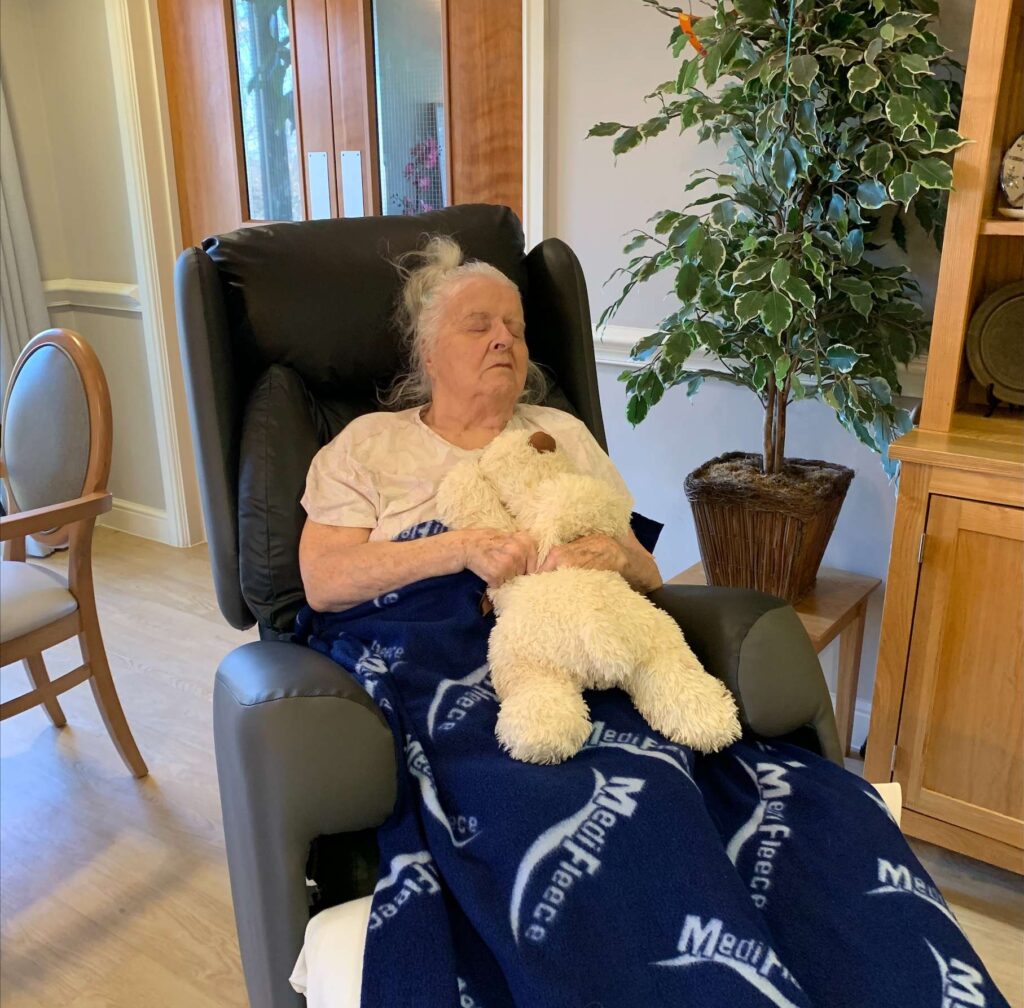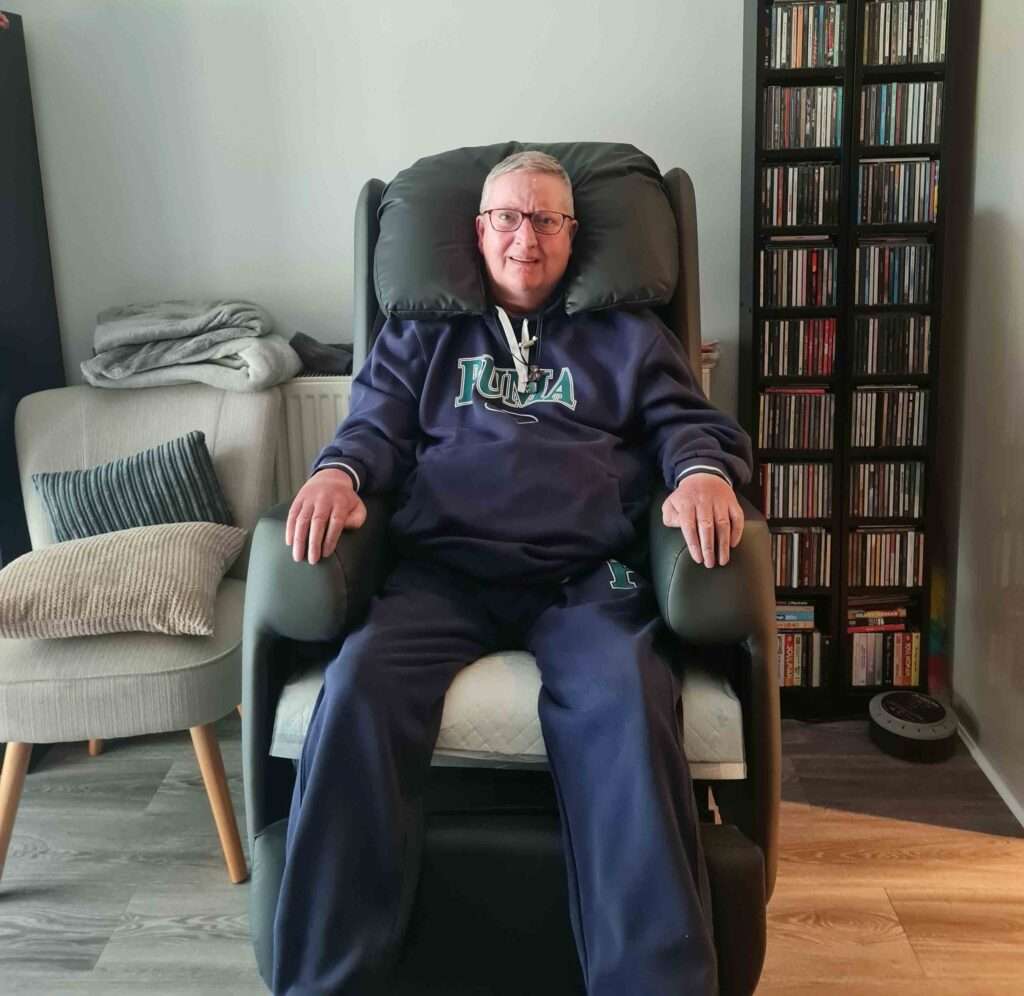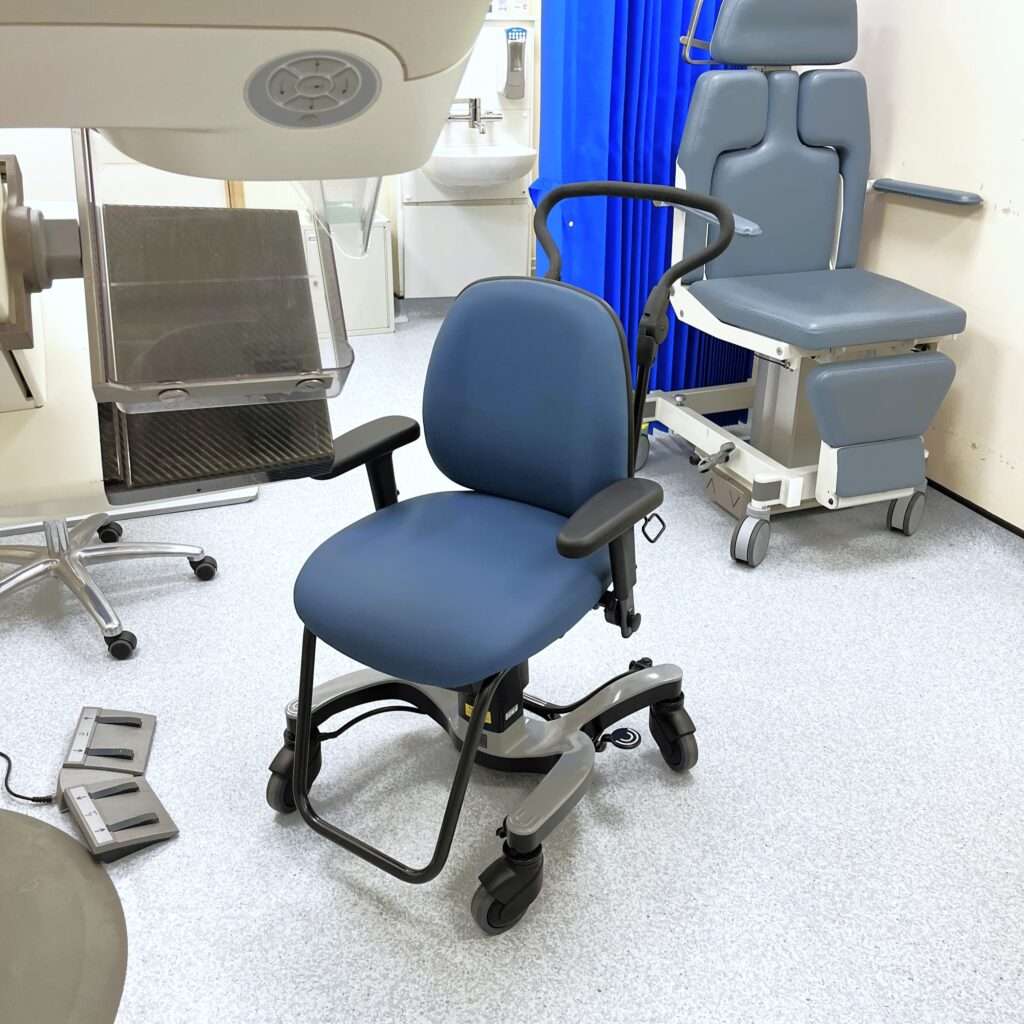Waiting times for ambulances have steadily been on the rise for the last decade. In numerous cases fire services have had to step in.
With a wide range of equipment that the highly trained paramedics (or first responders) will use, ambulances are mobile care units capable of providing treatment to almost anyone they encounter.
From an ECG monitor to track vital signs to a spinal board for moving the patient or a nebulizer to vaporise liquid medicine so a patient can inhale medication or clear their airways; ambulances are a versatile emergency service that can deal with everything from a stroke to burns and breaks.
However, this same versatility means they become increasingly relied upon when other emergency services (commonly referred to as blue light services) are unavailable.
These vital blue light emergency services have seen an historic rise in demand within the last decade, this is also the case for UK ambulance services with 8,490,000 emergency calls in 2011 to 2012 alone.
But today’s emergency services are increasingly required to deal with situations where people require assistance for injuries in their home.
Falls & Impact Injuries Disproportionately Affect The Elderly
It is estimated that around 3 million adults over the age of 65 fall at least once a year, that’s around 30% of people over 65 and the risk of falling only increases for those over 75.
Falls are also the second leading cause of unintentional injury deaths worldwide, with the annual cost of fragility fractures for NHS England at £4.4 billion.
When an elderly or mobility impaired person falls to the ground, a call to the ambulance service is the first course of action for most people. In an increasing number of cases responding to these calls is also backed up by the fire service.
While their versatility suggests the ambulance service seems to best equipped of all emergency services to pick up a fallen person from the floor, the demands on their services and the reduced number of fire related incidents means the fire service are well placed to support. As with the ambulance service they too need the specialist equipment.
As a result proportion of the work undertaken by ambulance services relates to safely lifting and picking up fallen people.
But, as first responder services become increasingly stretched and general demand continues to rise, dealing with a fall isn’t seen as a priority due to the ‘non life-threatening’ status.
Falls in the community are categorised by the ambulance service as “Non-urgent but need assessment & possibly transport” meaning they are seen as relatively low priority.
Falls Lifting Equipment Reduces Waiting Times For Emergency Services
Ambulance services are usually called by carers, friends & family members who lack the knowledge or equipment to provide someone with the assistance they need at that critical point.
This complexity is compounded by the fact that moving a fallen person can worsen their condition if done incorrectly.
The relationship between Vivid Care, emergency services and community care providers has been ongoing for several years with Vivid Care, providing equipment to help in call outs.
Vivid Care provided the Raizer Emergency Falls Lifting Chair; a device that lifts people who have fallen to the floor and keeps them in a stable sitting position while doing so.
The Raizer has 7 individual pieces which are assembled around the fallen person on the floor. The leg and backrest pieces are slotted together to form a chair, and the carer can then begin the lifting process at the touch of a button.
This incredibly fluid process of lifting a fallen person from the floor removes the need to call an ambulance service as a family member, friend or carer can lift up a fallen person safely with reduced risk of injury.
This lifting chair device also greatly reduces the time a person will spend waiting for an ambulance that views their situation as low category.
“The Raizer is pretty instant. We had one resident who fell at 12.10 and by 12.25 they were sat in the dining room having their dinner. Anyone can use it, it’s really simple.”
Homecare Manager at Harrogate Neighbours
Summary
Facing an increasing demand and a widened range of emergencies to deal with, emergency services are in a taxing period.
Through our work with various providers across the country, we have provided these vital services with equipment to to help people get up after falling and has allowed them to better cope with the widening scope of their role.
An ambulance carrying a falls lifting device for the elderly means they can quickly deal with these situations and be available for the next emergency.
A care environment storing the same piece of equipment to help a disabled resident get up from the ground means they are less likely to call an ambulance and the fallen patient can also be helped quicker.
